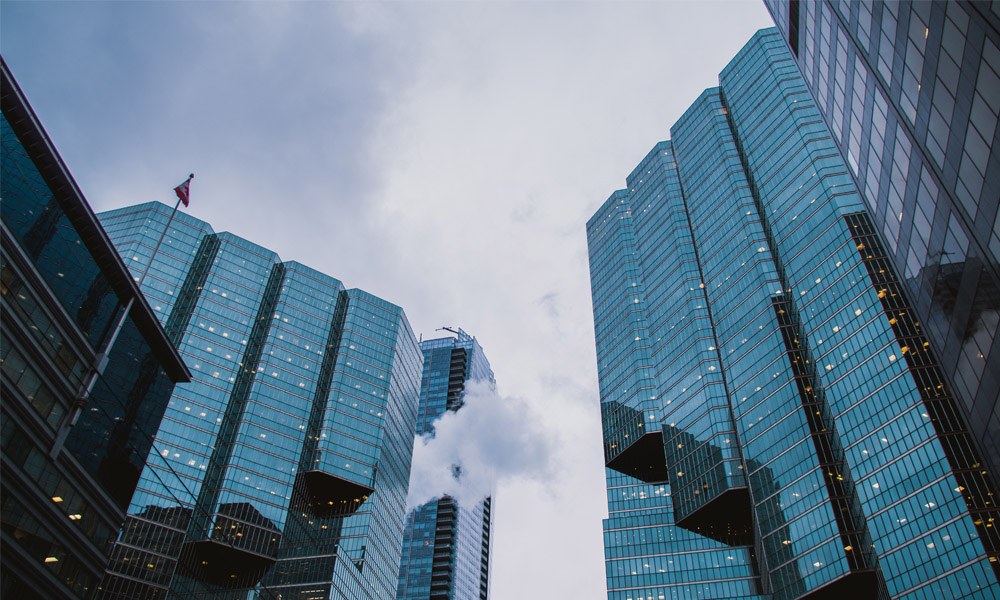

The Price of Blue Reflective Glass An Insight into Market Trends
Blue reflective glass is increasingly becoming a favored choice for both architectural designs and interior decor, owing to its aesthetic appeal and functional benefits. This type of glass not only enhances the visual comfort of spaces but also provides effective thermal and optical performance. However, as the demand for blue reflective glass grows, understanding its price dynamics is essential for both consumers and industry professionals.
Market Overview
The price of blue reflective glass can vary significantly based on several factors, including the manufacturing process, quality of materials, and market demand. Generally, reflective glass is produced using a specialized coating that allows it to reflect light while maintaining a level of transparency. This complex manufacturing process often contributes to the overall cost. As technology advances, the production of high-quality reflective glass has become more efficient, potentially decreasing prices in the long term.
In 2023, the average price of blue reflective glass ranged from $20 to $50 per square foot. This wide price range can be attributed to the varying specifications required for different applications, such as commercial buildings, residential projects, or specialized installations, each demanding unique qualities and performances from the glass.
Factors Influencing Price
1. Quality of Materials The raw materials used to create blue reflective glass significantly impact its pricing. High-quality silica and advanced coating materials can elevate the cost, but they also enhance durability and efficiency.
2. Thickness The thickness of the glass is another critical factor. Standard options typically range from 1/8 inch to 1 inch. Thicker glass may provide better insulation and structural integrity, but it also comes at a premium price.

3. Customizations Custom cuts, sizes, and shapes can increase the price of blue reflective glass. Many customers prefer tailored solutions for specific design needs, which necessitates additional handling and production costs.
4. Market Demand The demand for blue reflective glass is influenced by various market dynamics, including trends in architecture and design. As sustainability becomes increasingly important, the demand for energy-efficient building materials, such as reflective glass, is expected to rise, potentially driving prices higher.
5. Geographical Location Pricing can also vary regionally. In urban areas where construction activities are booming, prices may inflate due to higher demand and transportation costs. Conversely, prices may be more competitive in regions with less active markets.
Application and Value
The value of blue reflective glass goes beyond its price per square foot. Its ability to reduce heat gain and glare while providing UV protection makes it a valuable investment for energy-conscious consumers. Many modern architects choose blue reflective glass for its ability to integrate design elements with functional benefits, enhancing both the aesthetics and efficiency of buildings.
Moreover, blue reflective glass can contribute to significant energy savings over time. Buildings utilizing this glass are less reliant on air conditioning systems, leading to reduced energy bills and a minimal carbon footprint. This combination of aesthetic appeal and functional efficiency often justifies the initial investment for property owners.
Conclusion
Understanding the price dynamics of blue reflective glass is crucial for anyone looking to incorporate this innovative material into their projects. With varying costs influenced by quality, thickness, customization, and market demand, consumers are encouraged to conduct thorough research and consider long-term benefits when making purchasing decisions. As architectural trends continue to evolve, blue reflective glass is likely to remain a staple in modern designs, balancing visual beauty with practical functionality.